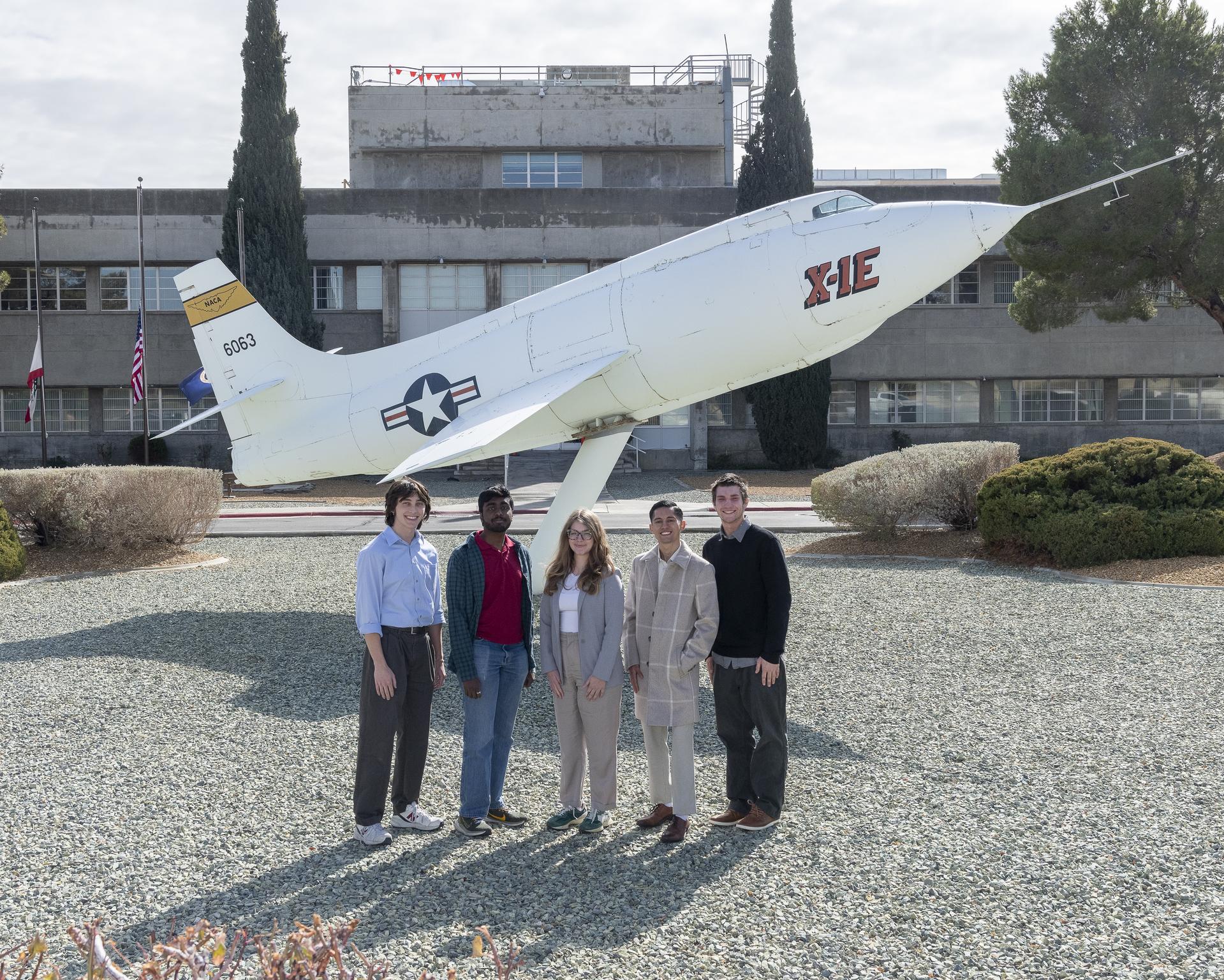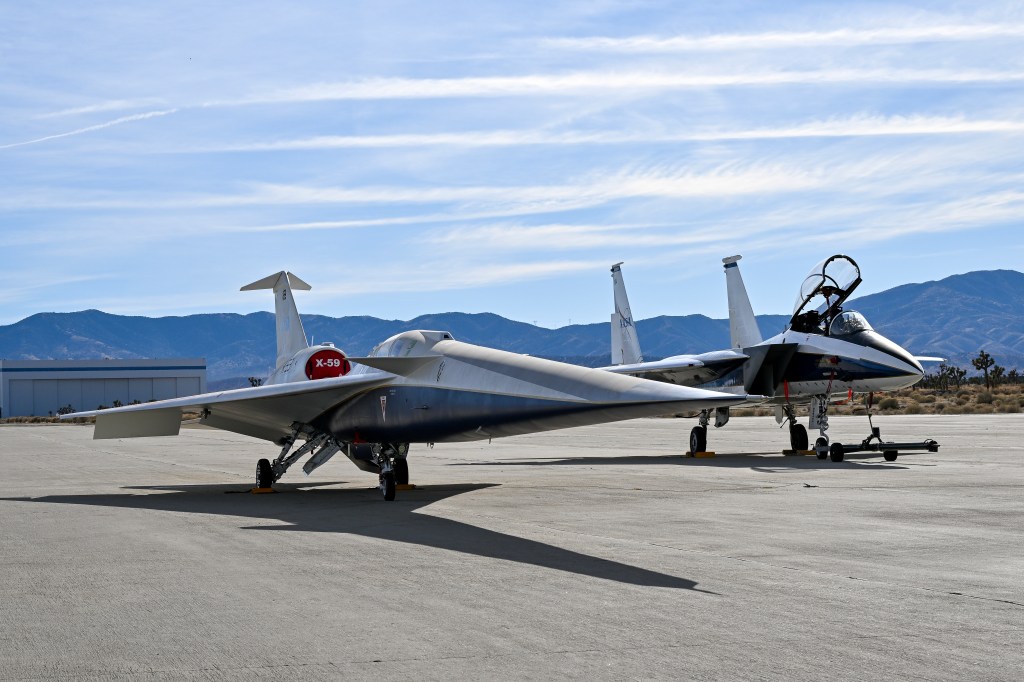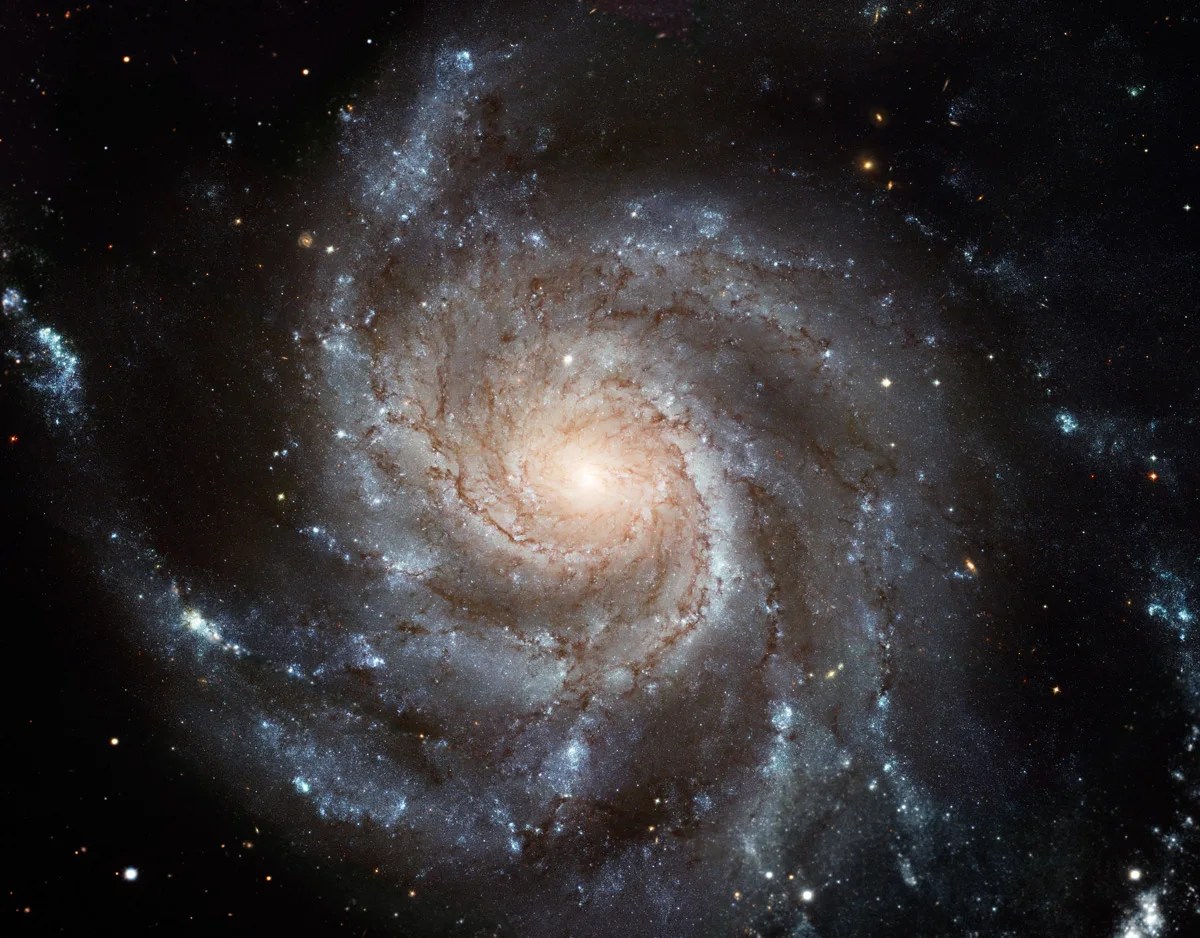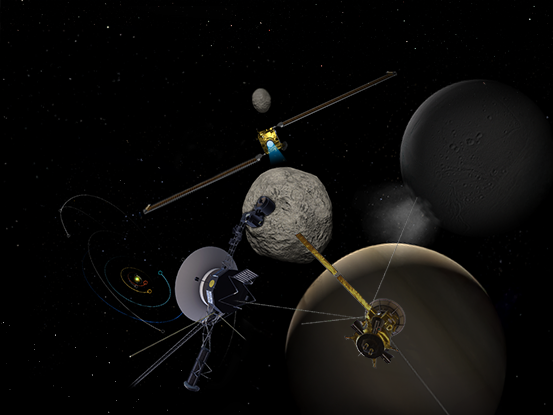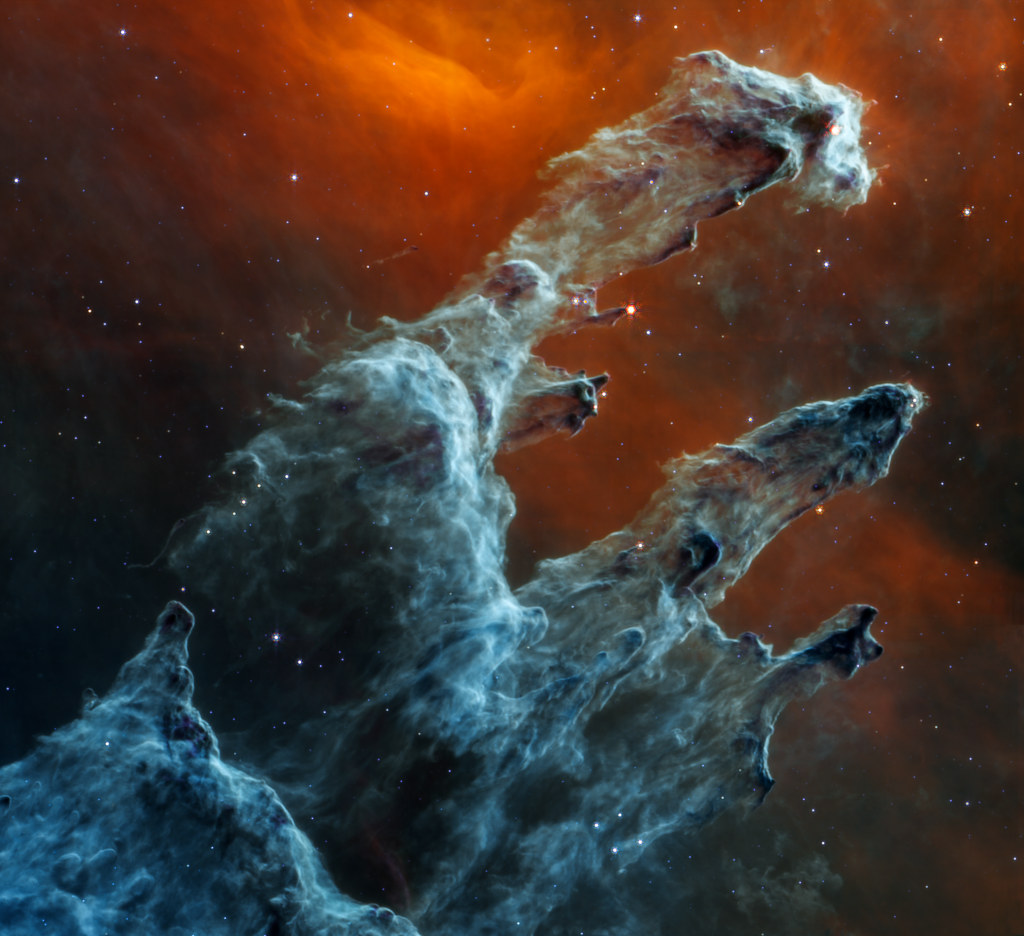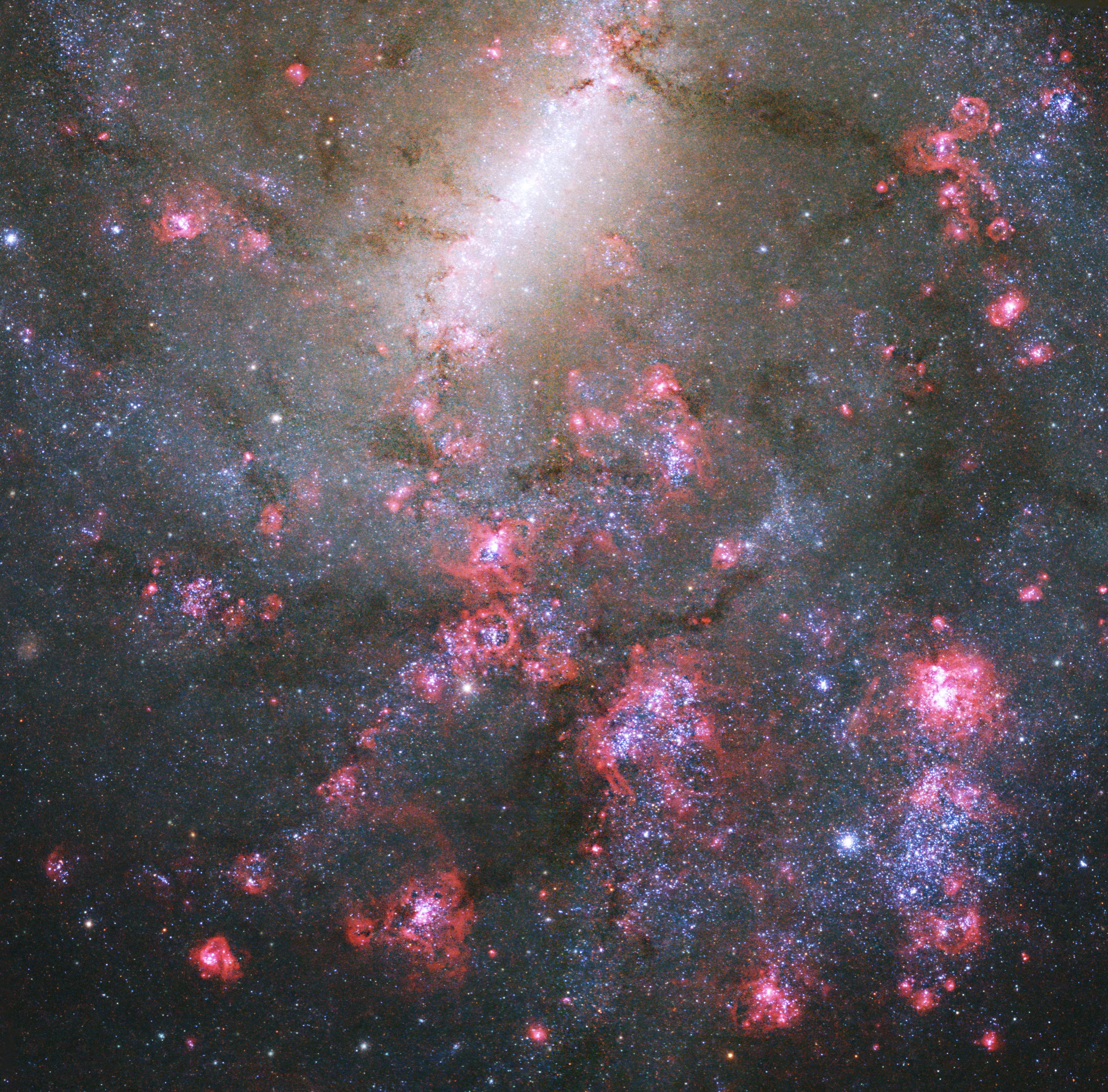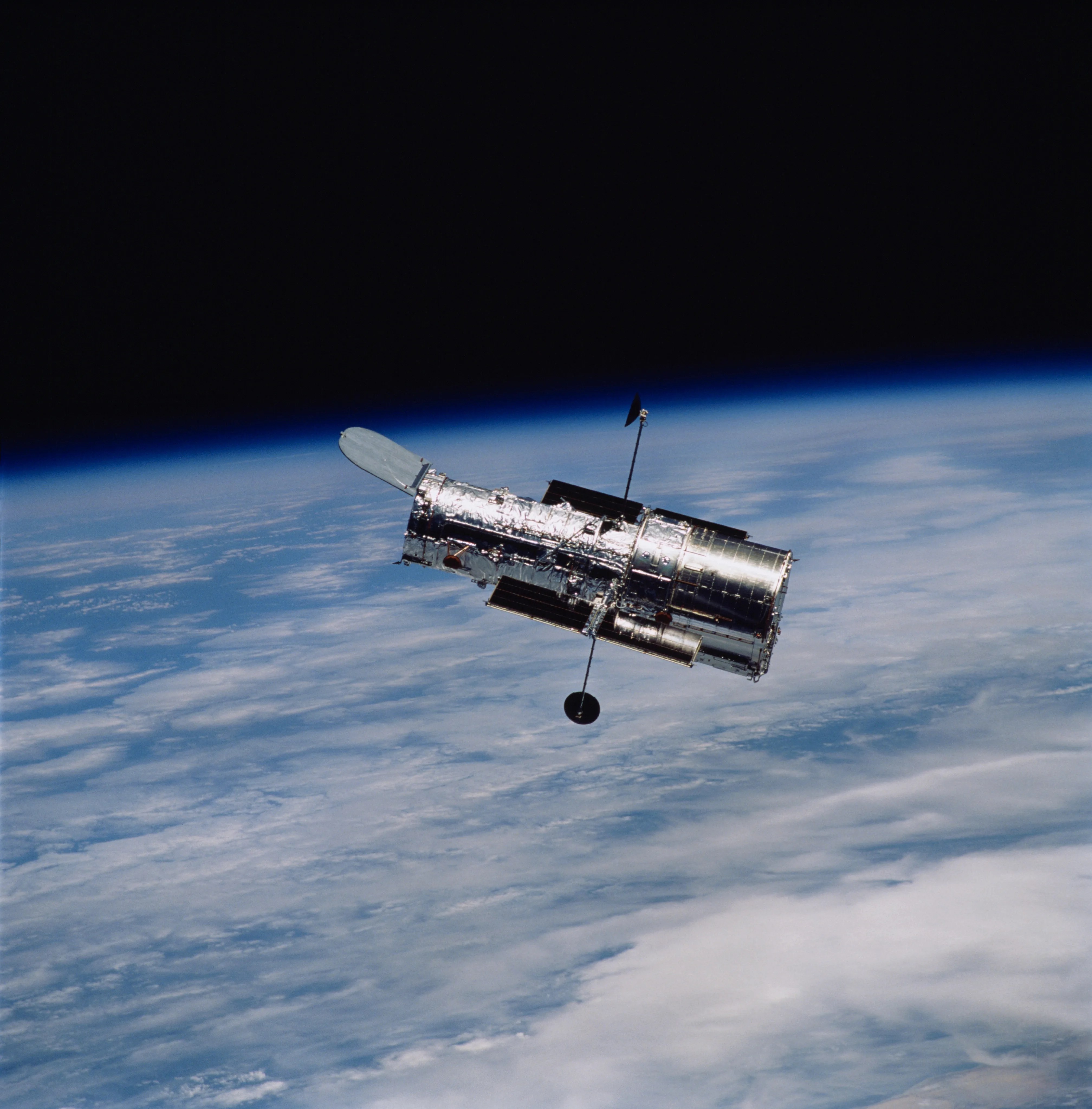Featured News
A Star’s Inner Conflict
The inside of a star turned on itself before it spectacularly exploded, according to a new study from NASA’s Chandra X-ray Observatory. Today, this shattered star, known as the Cassiopeia A supernova remnant, is one of the best-known, well-studied objects in the sky.
Learn More about A Star’s Inner Conflict
Welcome to the Universe
Today
Image Of The Day
NASA’s X-59 at Sunrise
NASA’s X-59 quiet supersonic research aircraft sits on the ramp at sunrise before ground tests at Lockheed Martin’s Skunk Works facility in Palmdale, California, on July 18, 2025. The X-59 is the centerpiece of NASA’s Quesst mission to demonstrate quiet supersonic flight.
Image Galleries
Explore the Universe from your Inbox
Stay up-to-date on the latest news from NASA–from Earth to the Moon, the Solar System and beyond.
We will never share your email address.
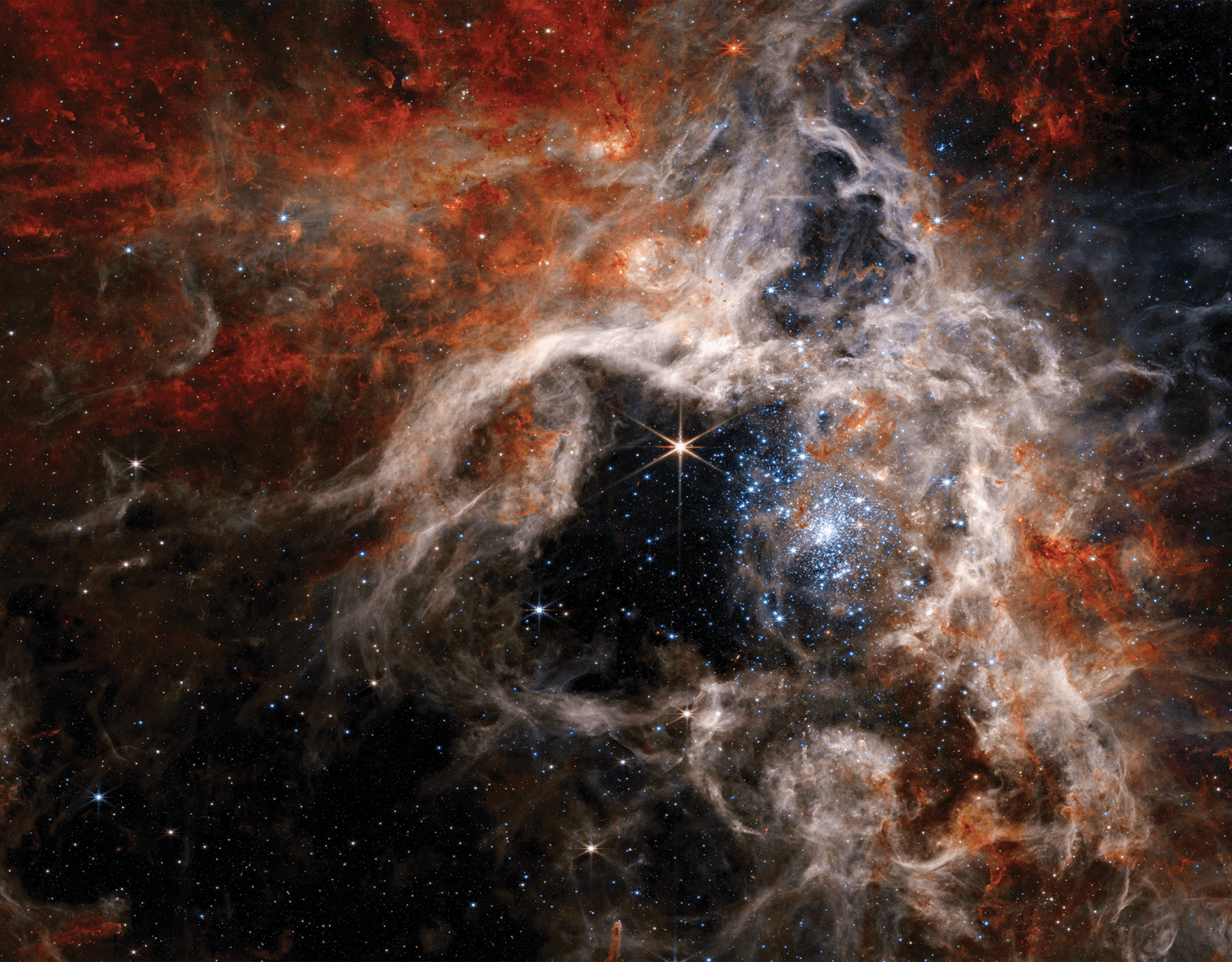
Earth Science
Explore our changing planet
For more than 50 years, NASA satellites have provided data on Earth’s land, water, air, temperature, and climate. NASA’s Earth Information Center allows visitors to see how our planet is changing in six key areas: sea level rise and coastal impacts, health and air quality, wildfires, greenhouse gases, sustainable energy, and agriculture.
Earth Information Center about Explore our changing planet

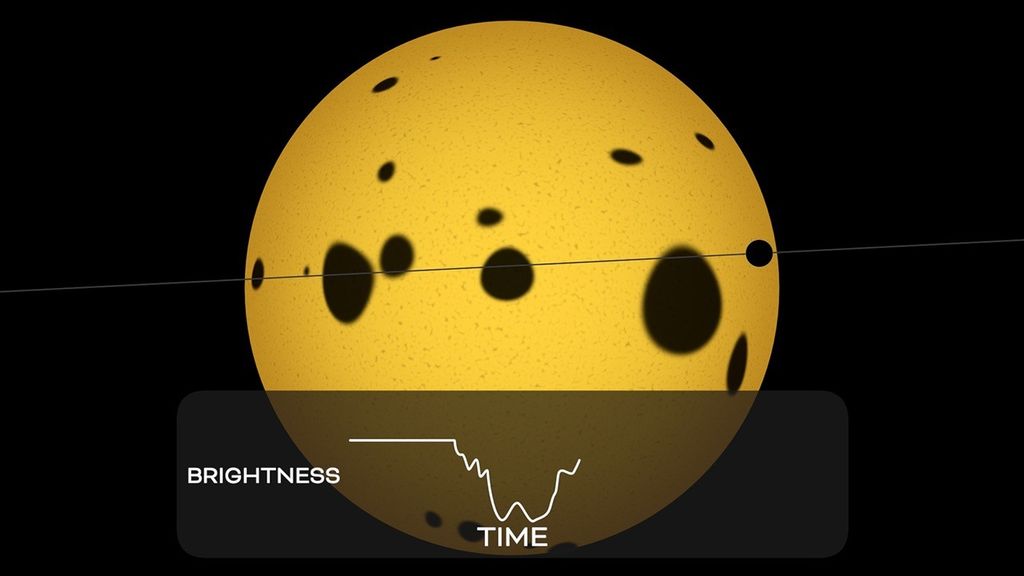




















-Carolyn_Y._Ng.jpeg?w=1024)


